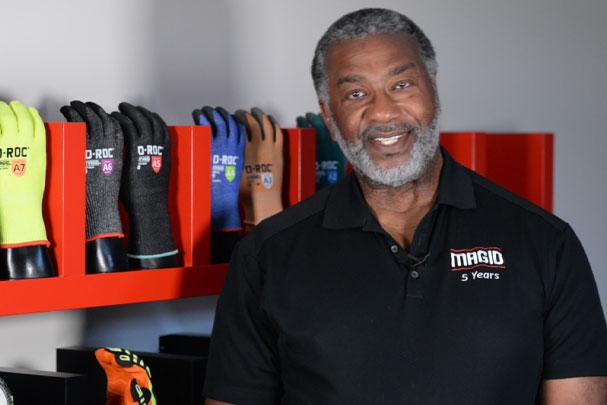
5 Ways to Deal with Opioid Use Disorder in the Workplace
Opioids can provide short-term pain relief for chronic medical conditions. But when used incorrectly, they can ruin lives.
According to the CDC, approximately 109,000 Americans died in 2022 due to drug overdose. That's up from over 80,000 Americans in 2021, and the number is expected to rise as high as 165,000 by 2025.
A 2019 NSC study found that 75% of surveyed U.S. employers have been impacted by opioid use.
Opioid use can impair a user’s thought process and reaction time while on the job. In the best case, that can simply cause a drop-off in productivity. But at its worst, it can lead to accidents and injuries to your worker or anyone else on the job.
This increasing epidemic can seem overwhelming for safety managers, but there are some things you can do to help.
Here are 5 actions you can take to help deal with Opioid Use Disorders in your workplace:
1. Examine your Healthcare Policies
Opioid misuse often begins with an injury. Does your company offer ample medical leave and disability for injured workers? Employees struggling to go back to work while they’re still in pain are more likely to end up with a substance use disorder. Talk to your HR Department about this and ask if they can provide counseling services, health fairs, or other avenues to encourage good health for workers and their families. If your company doesn’t have a program to help addicted workers, now is the time to suggest they start one!
2. Implement an Anonymous Drug Disposal Program
Opioids are meant to be used on a short-term basis. Implementing a drug disposal program in your workplace can help employees resist the temptation to keep leftover medication “just in case” they have pain in the future. They can also help to keep unused or expired medications from getting into the wrong hands like children or spouses. You can set up drug disposal programs with collection methods like disposal receptacles at your workplace or with mail-back envelopes specifically designed for prescription medications.
3. Reverse the Stigma of Opioid Use Disorder
Use your safety meetings, toolbox talks, and one-on-one time to cultivate an environment where workers can discuss opioids or addiction without judgment or shame. Tell your employees to vocalize concerns about opioids they’ve been prescribed and how they may interfere with performing their jobs. Encouraging everyone to see Opioid Use Disorder as an illness instead of a character flaw can make people more comfortable speaking up.
4. Educate Workers on Pain Management
Encourage workers with chronic pain to ask their doctor about alternative methods to alleviate pain. Depending on their condition, something other than an opioid might be helpful. That may include:
- Acupuncture
- Massage
- Epidurals
- Nerve Blocks
- Joint Injections
- Non-opioid Pain Medication
- Physical Therapy
- Yoga
Let them know it’s okay to question their doctor about the safety of any prescription.
5. Emphasize Ergonomics to Prevent Potential Injuries
Finally, make sure your workers are mindful of tasks than can cause strains and soreness to help reduce their likelihood of developing chronic pain. Reduce pain points and highlight accident prevention to help them recognize ways they can protect their joints and extremities while performing particularly taxing jobs.
You can’t help everyone, but good communication and smart, compassionate policies and procedures can keep more of your workers healthy both on and off the job.
Do you have a tip for handling issues at your workplace? Click on a Secret in our Safety Managers’ Secrets page and then share your own!







